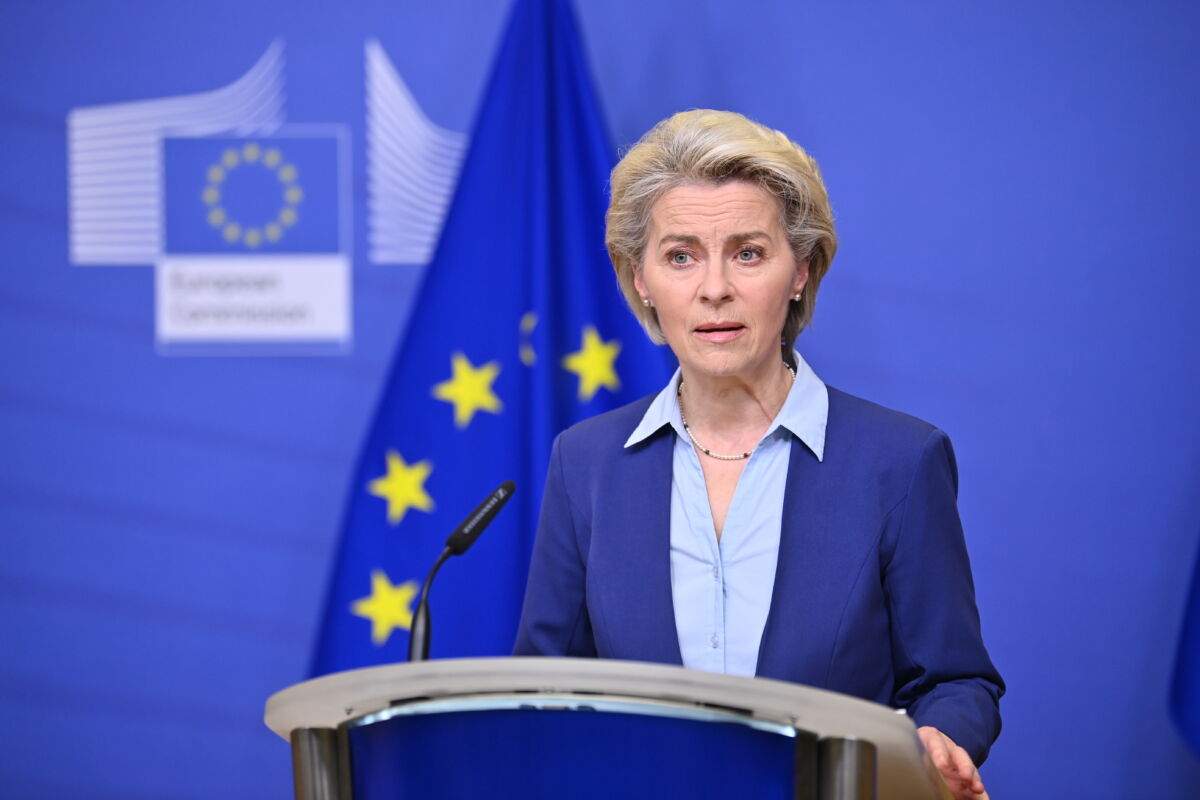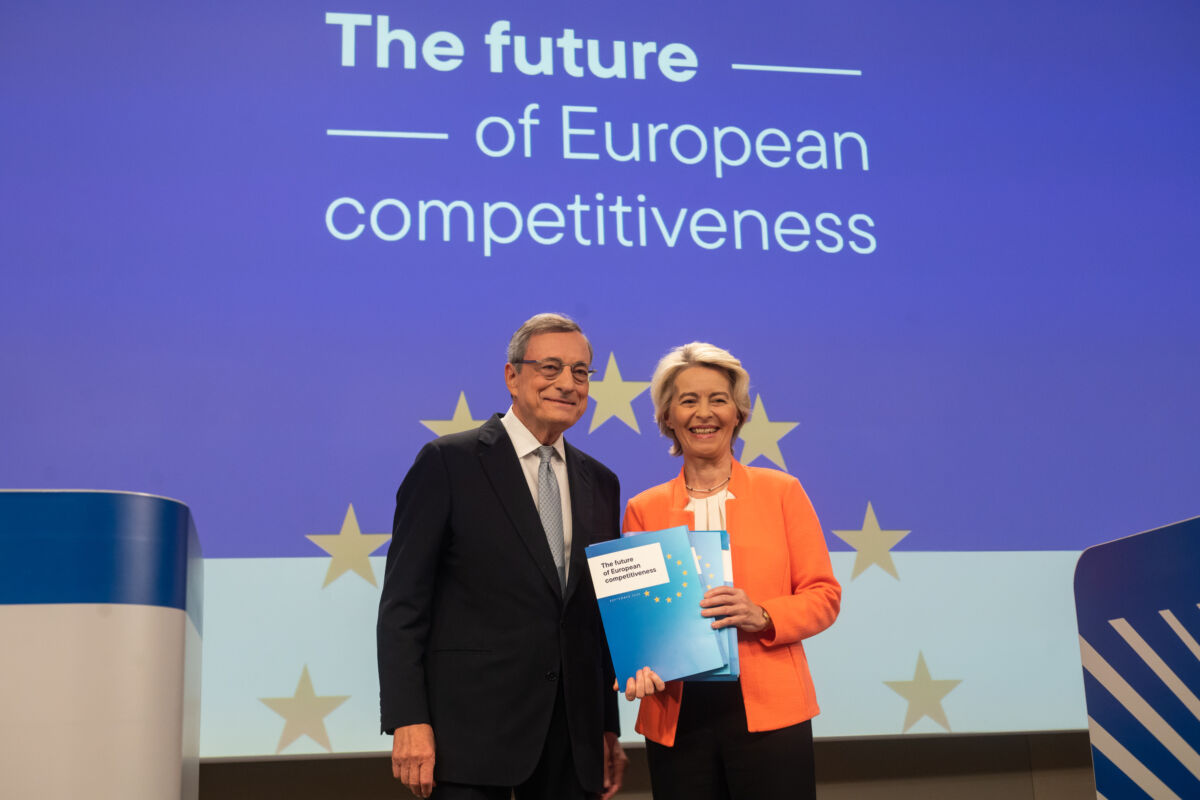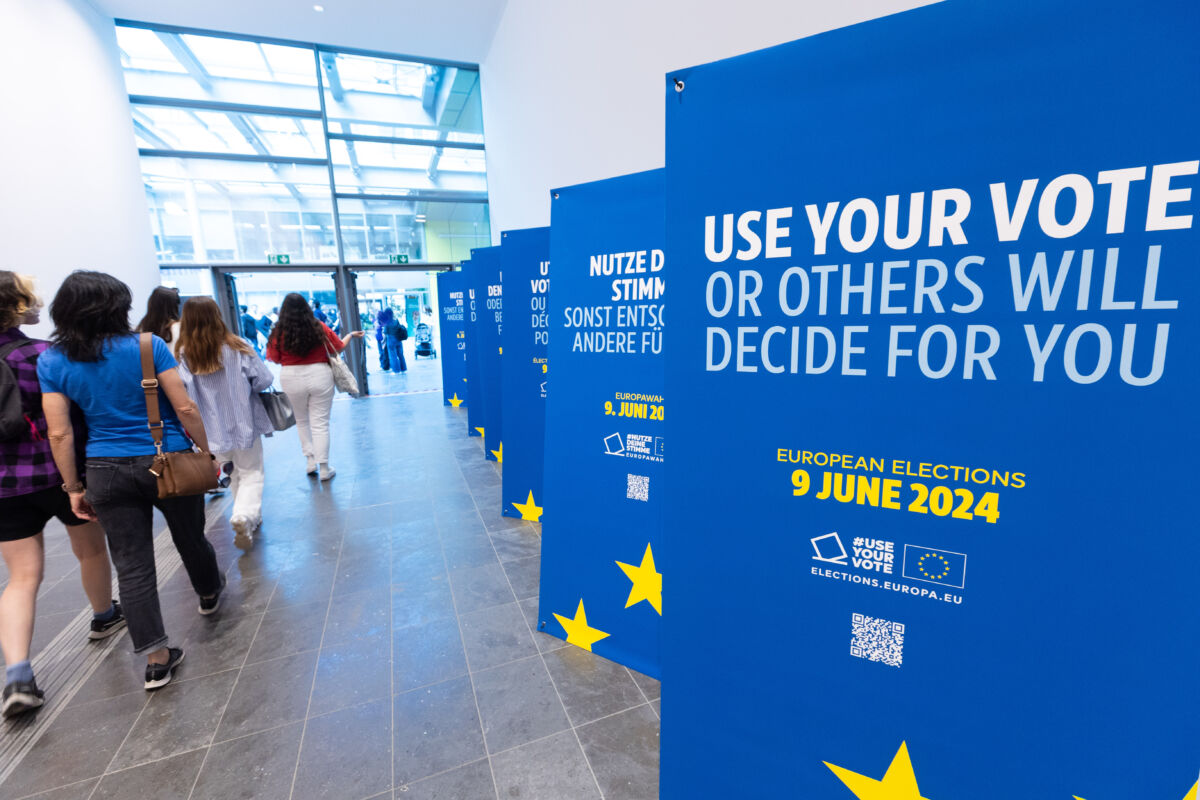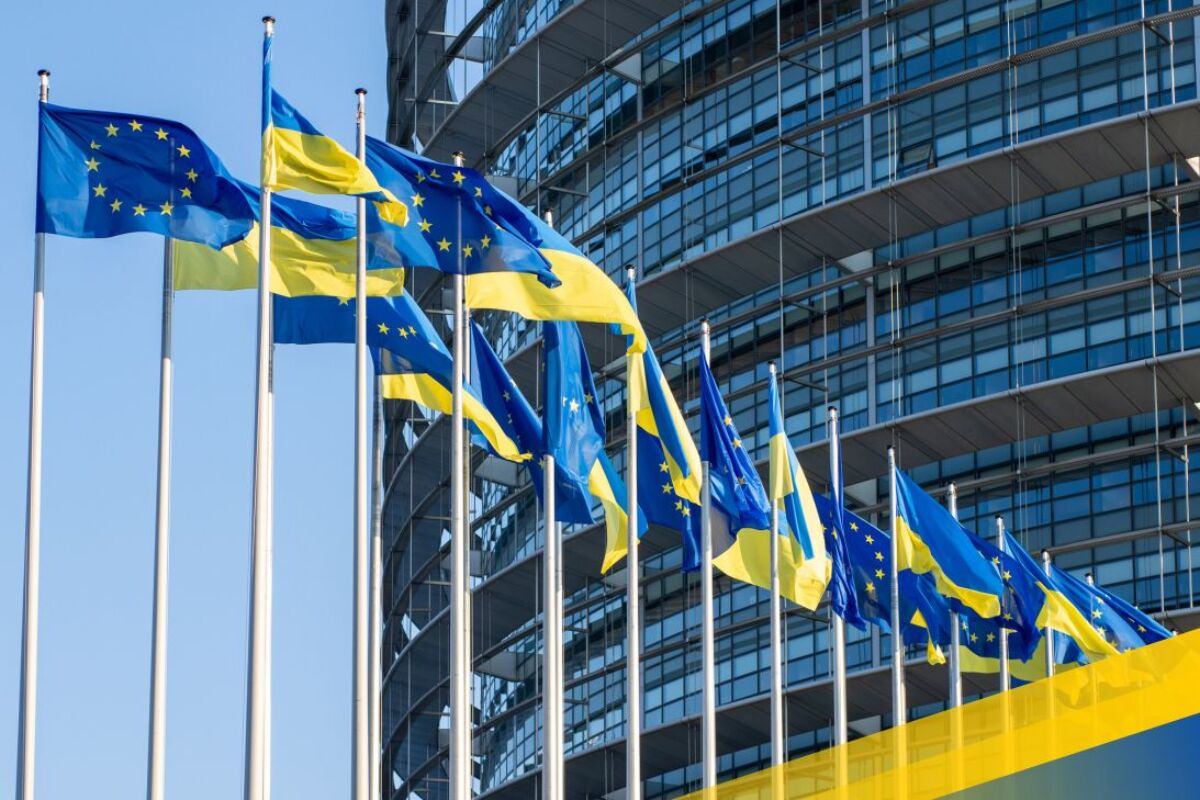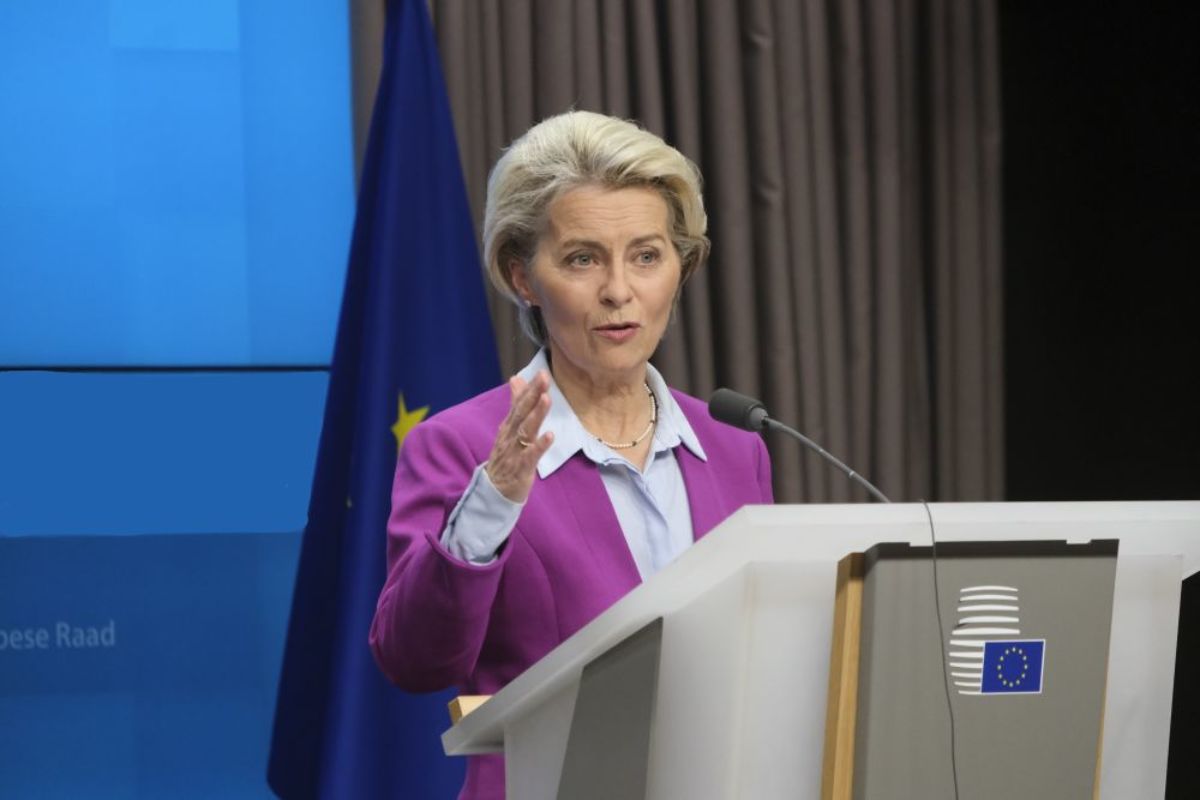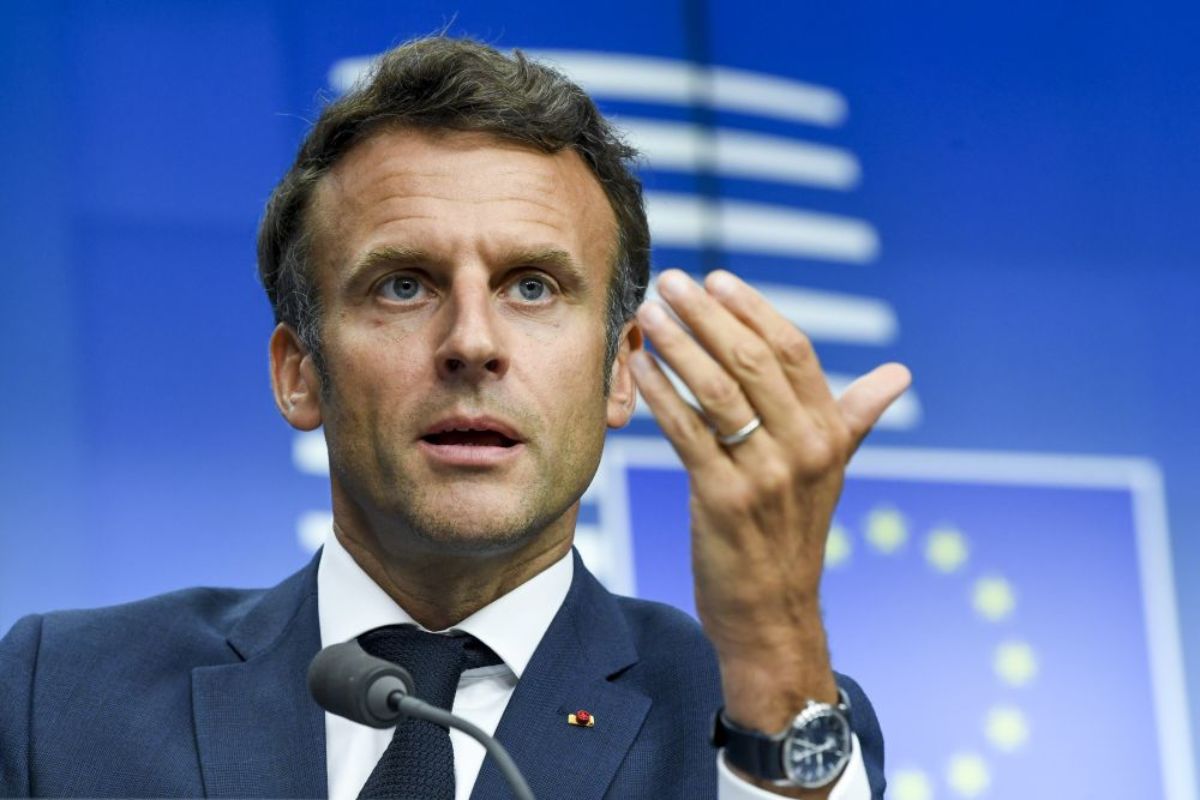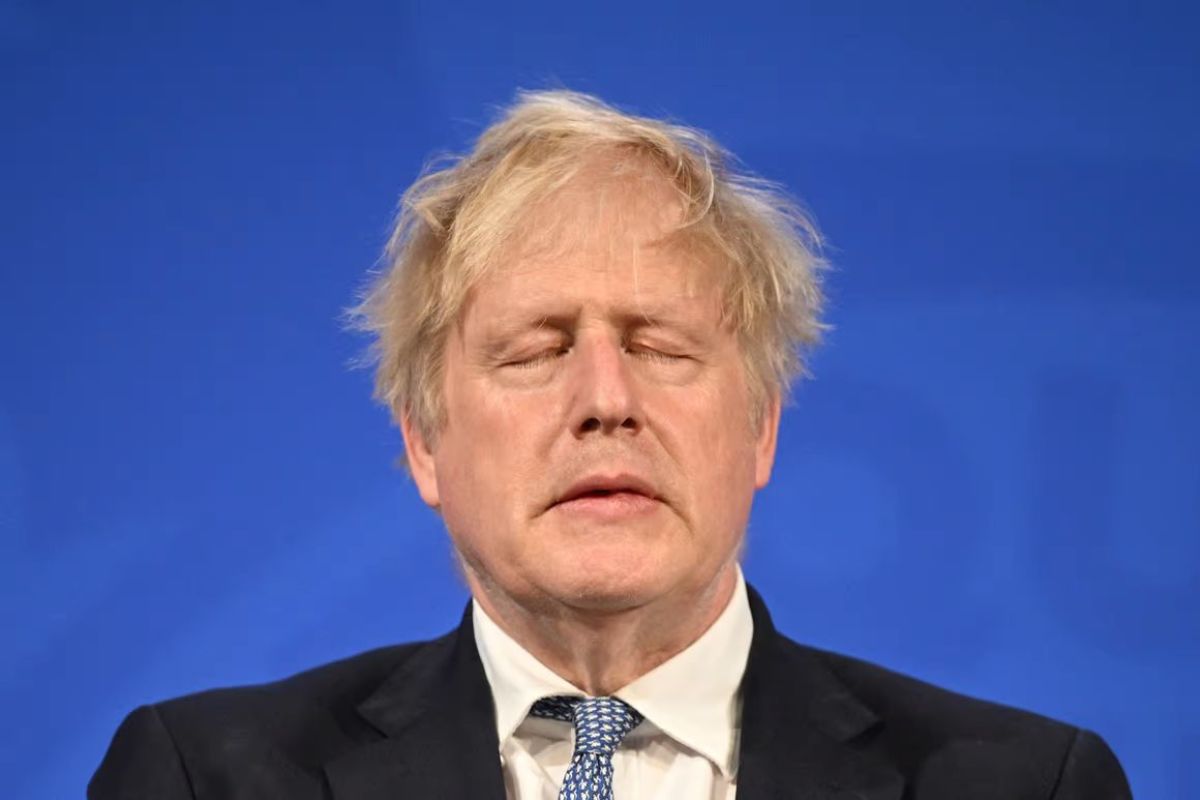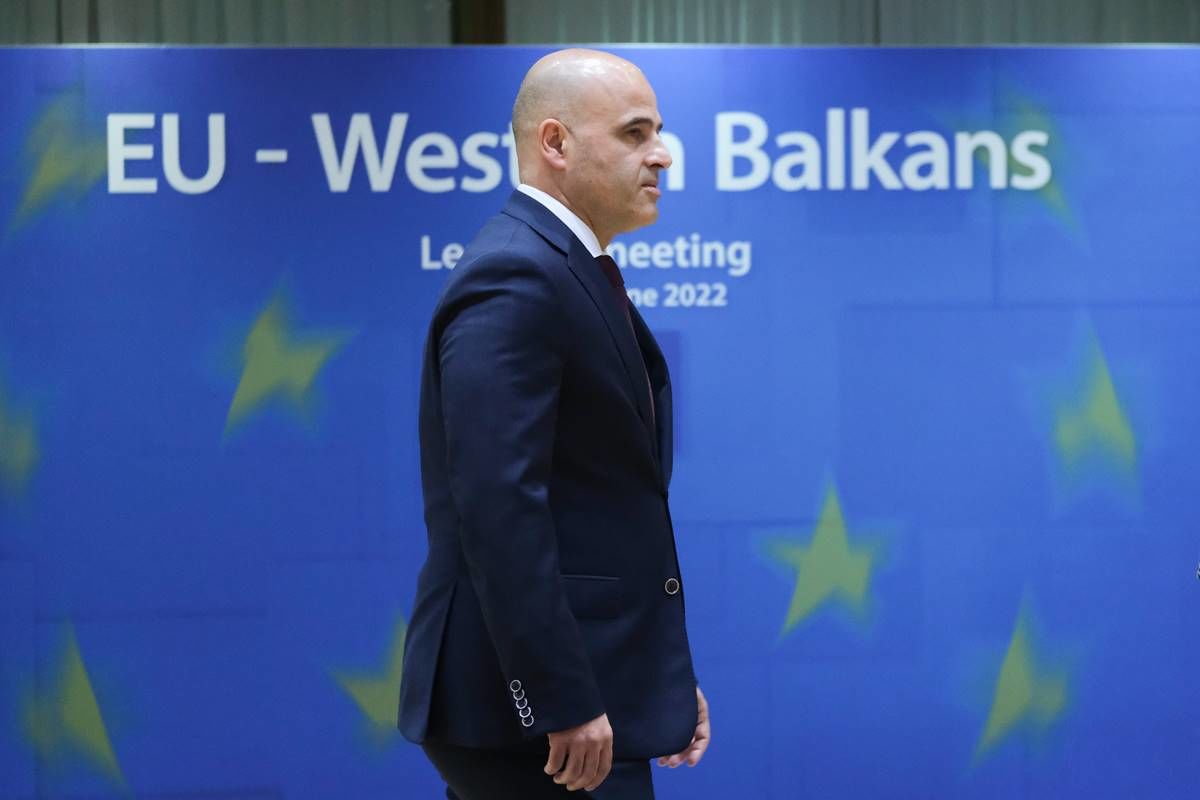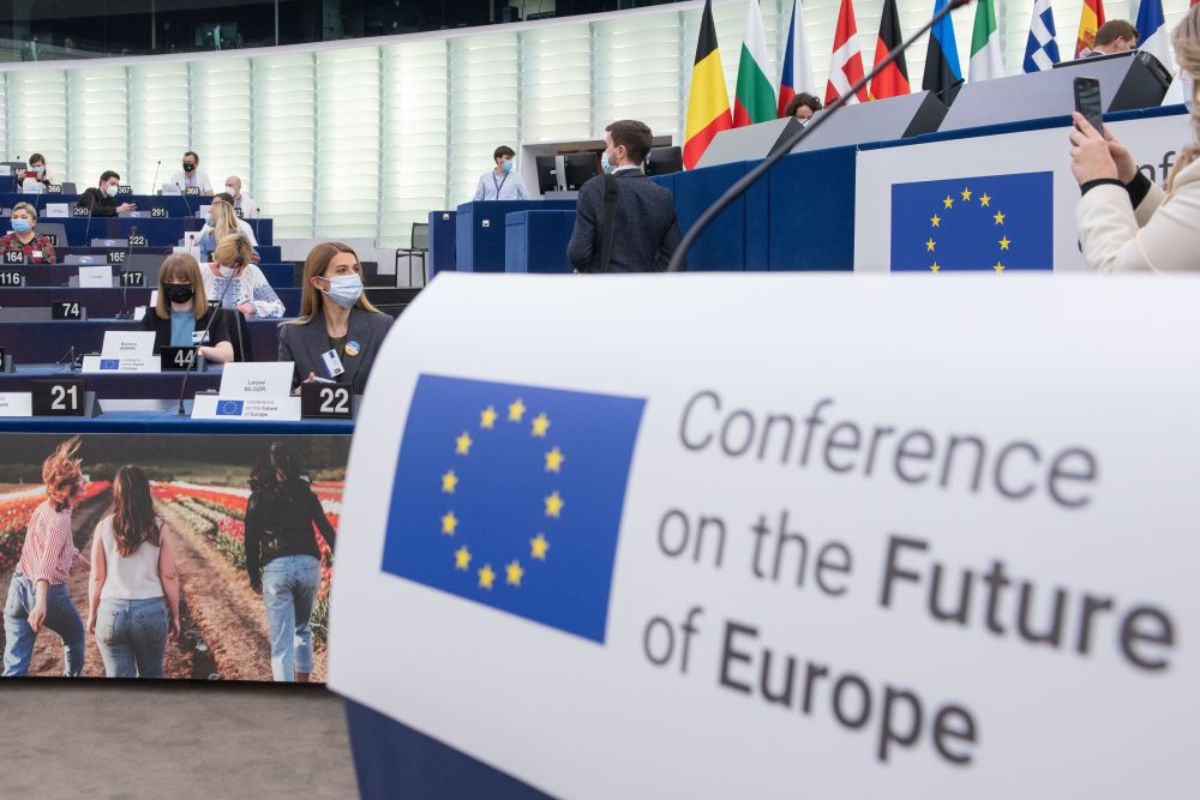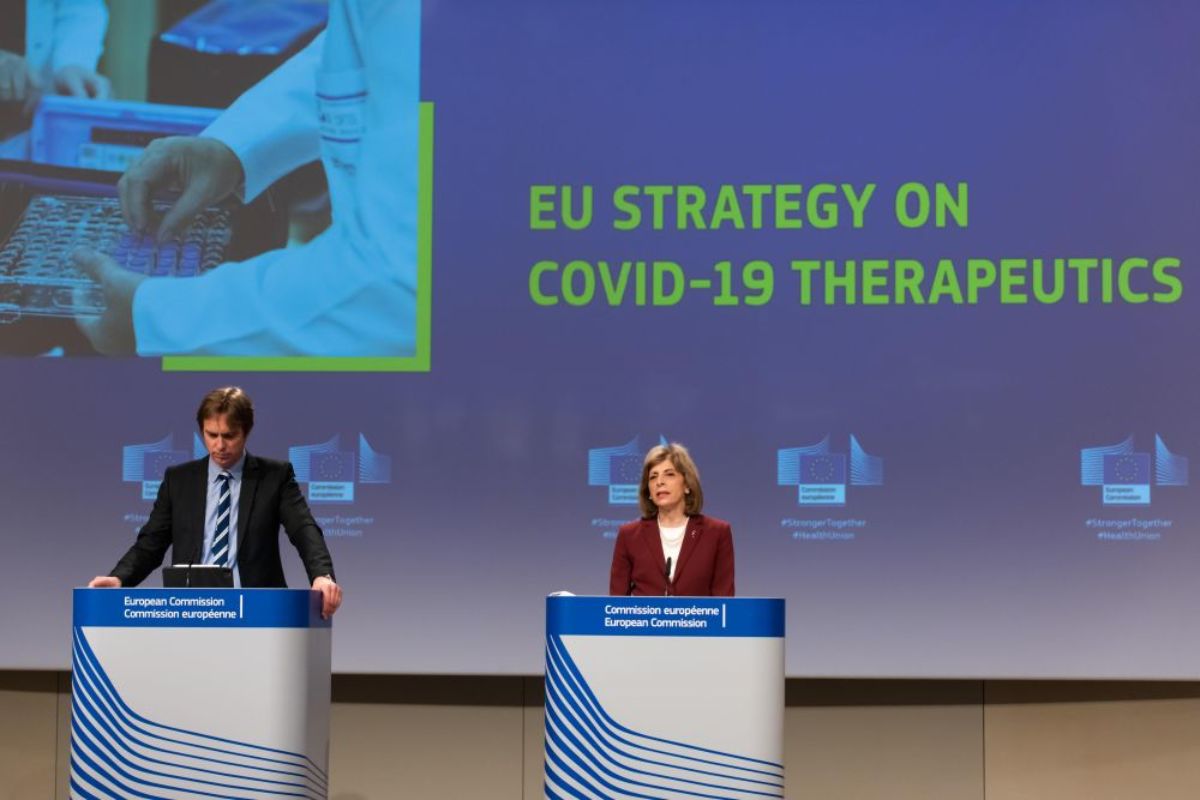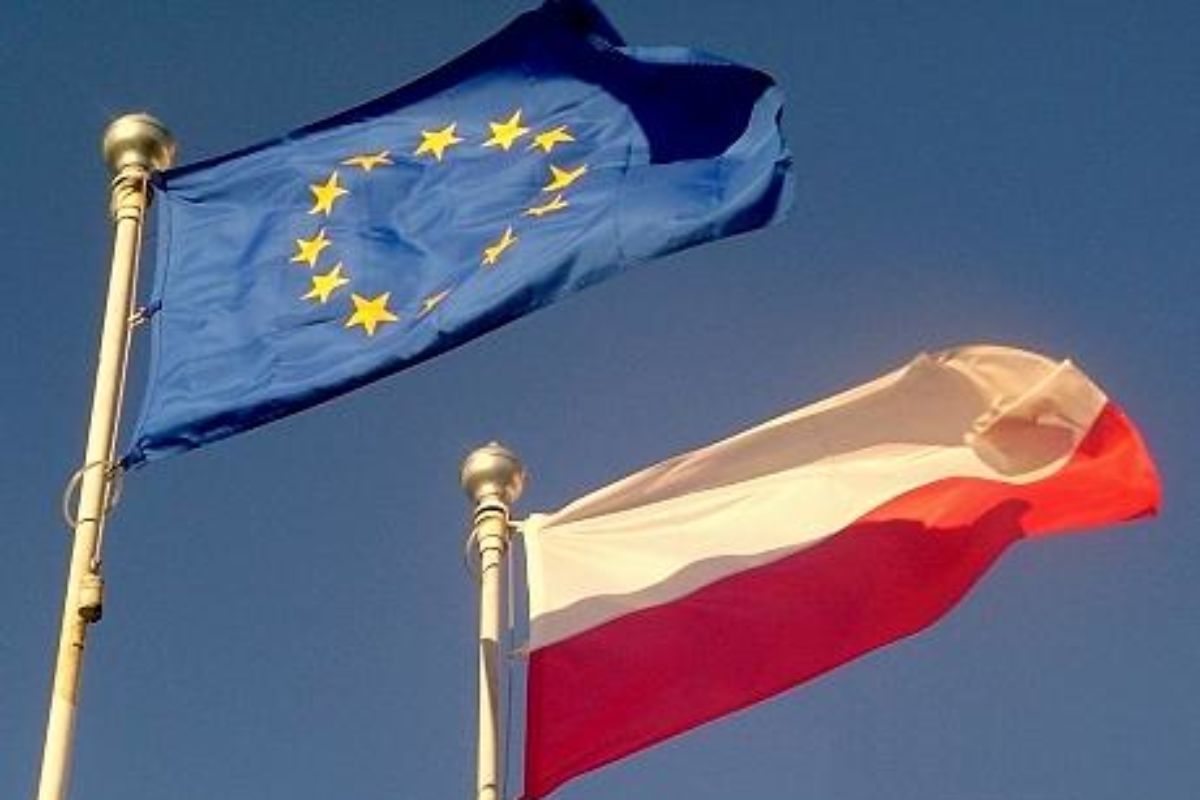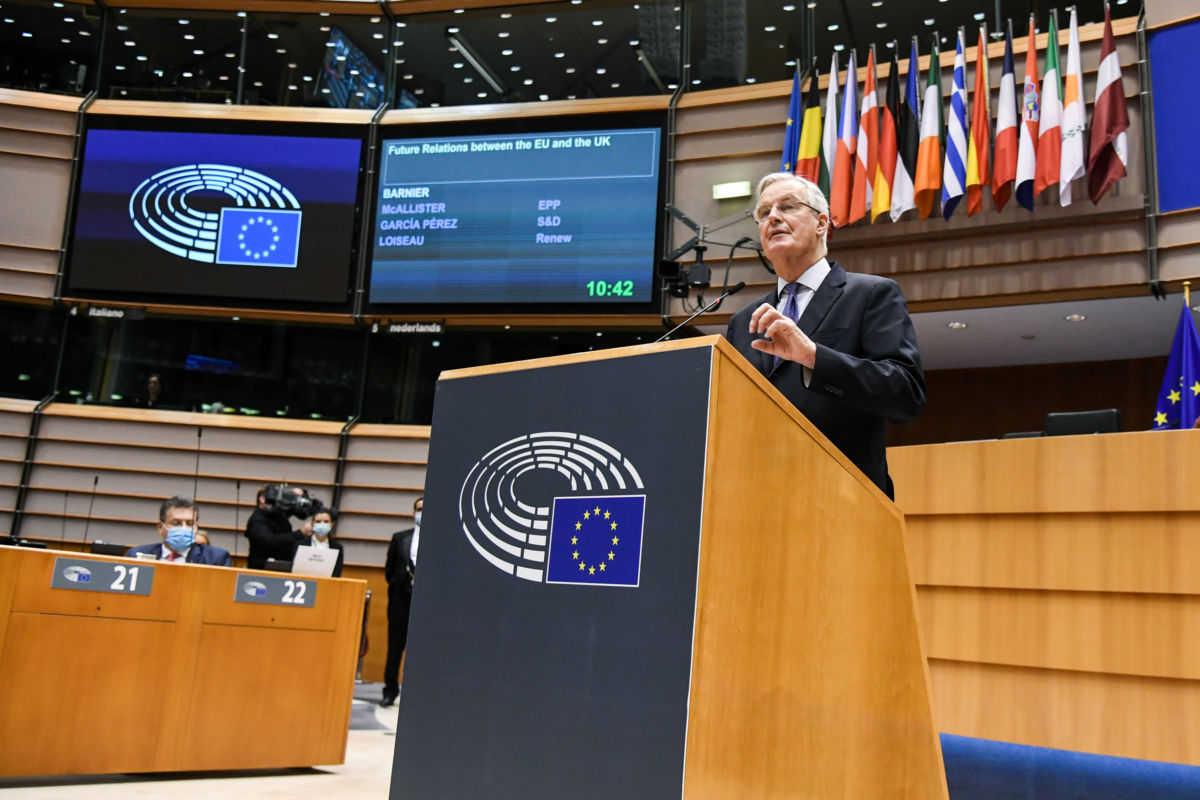The lead candidate (or Spitzenkandidaten) procedure is where the European political parties appoint their lead candidates on the understanding that the candidate of the party that wins the most seats becomes the President of the European Commission. This worked in 2014, when the EPP’s candidate Jean-Claude Juncker became Commission President. However, it was widely seen to have failed in 2019 when Ursula von der Leyen was nominated as a non-lead candidate.
So, where do we stand in 2024? While it’s clear the lead candidate procedure isn’t completely dead and buried, as the candidate selection and the low-key campaigning shows, hardly anyone seems to believe in it anymore. And indeed, it has evolved beyond what it was originally supposed to be – but it has also got a bit frayed due to the political parties’ erratic candidate selection this time round and the subsequent confusion around what a lead candidate actually is.
Von der Leyen didn’t kill the procedure
This year, von der Leyen is a lead candidate. Yet she’s accused of having crippled the lead candidate system. Among others, former EP President (and allegedly the procedure’s inventor) Martin Schulz accused her of being a ‘fake’ candidate, as she isn’t running for an EP seat.
This argument doesn’t hold up. First, even Jean-Claude Juncker (the only successful lead candidate so far) didn’t run for an EP seat. Second, and more importantly, running for an EP seat would mean that von der Leyen would appear on the ballot in Lower Saxony, one of Germany’s 16 states – meaning that only six out of around 380 million eligible EU voters would be able to vote for her directly. Given these numbers, demanding that she run for an EP seat is both unconvincing and overly technocratic.
Five years ago, von der Leyen was plucked from relative obscurity and parachuted into the position because Member States could not agree on any of the EP’s lead candidates. However, even if a non-lead candidate was appointed President, two of the lead candidates (Social Democrat Frans Timmermans and the liberal Margarete Vestager) were eventually given a unique and influential role, namely Commission Executive Vice Presidents. So while the procedure was not used as originally envisaged, it did impact the College of Commissioners’ final formation.
What the lead candidate procedure can and cannot be
When assessing the procedure’s current health it’s essential to remember that it was never perfectly suited for the EU’s institutional setup in the first place. The EU is uniquely built on dual legitimacy, stemming from the Member States (represented in the European Council) and from European citizens (represented by MEPs). According to the EU’s treaties, both have a role in deciding who becomes Commission President.
Even if not perfectly fitted for the EU, it’s a good thing that the EP forcefully pushed for its say in determining who becomes the Commission President. It’s a necessary step in the slow and cumbersome journey towards a more democratic Union that the powerful helm of the EU’s main executive is no longer solely decided by the heads of state and government in the European Council.
In this respect, the lead candidate procedure gives visibility and transparency to the EU’s leadership selection. That in itself is an achievement – as ‘sunlight is said to be the best of disinfectants’. That said, appointing the Commission President is likely to remain a (sometimes painful) negotiation process between these two institutions.
This means that the EU shouldn’t dismiss the procedure altogether, nor demand that it’s strictly applied (such as obliging all the candidates to run for an EP seat). Instead, one should understand it for what it is: a modus operandi for selecting the EP’s favoured candidate.
The European Council has the right to appoint a candidate who isn’t a lead candidate and it might do so again. So while the procedure cannot be what its inventors originally had in mind, it can be a process to identify a pool of candidates for all kinds of interesting jobs – including Commissioners – as happened in 2019 with Timmermans and Vestager.
Whether this unprecedented party politicisation of the College of Commissioners is desirable is another matter. But it can be seen as a chance for the European political parties to win interesting Commission positions for their candidates.
Attractive candidates are of course a pre-condition as they are more likely to be picked by Member States for the Commission Presidency or other senior posts. Yet the procedure cannot guarantee they’ll be appointed, possibly leading political heavyweights to shy away from leaving their current jobs to run. Internal party processes can also work against identifying the most promising candidate. In 2019, Manfred Weber failed to convince the European Council – not even its members from his own party grouping – despite having amassed significantly more support at the preceding EPP Congress in Helsinki than his competitor, Alexander Stubb.
The political parties however…
Alas, the (mostly unknown) lead candidates this time around indicate that the political parties are yet to understand that the procedure has evolved beyond its original intention. Consequently, their chances of bagging a top Commission job this time round could have been harmed. A good example is the Renew group, which could not agree on one candidate and instead identified three, with none of them even after a Commission job.
Arguably, this is undermining the system more than von der Leyen ever could by not running for an EP seat. The Maastricht debate on 29 April demonstrated the conceptual confusion (and unnecessary complication) of the term lead candidate. A myriad of different candidates, some from unknown parties, obscured who represents whom and where.
European political parties do keep the system alive by continuing to nominate candidates, round after round. But at the same time, they’ve weakened it with ambiguous candidate selection and by effectively creating different kinds of lead candidates. So let’s see whether this will be effectively remedied for 2029 – if the system is still around by then.







